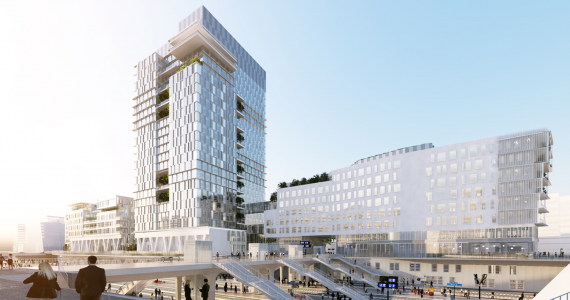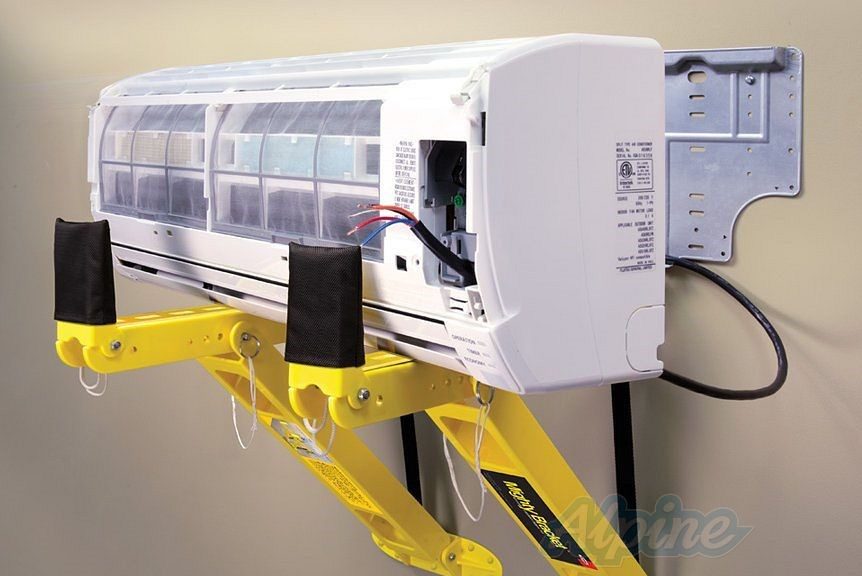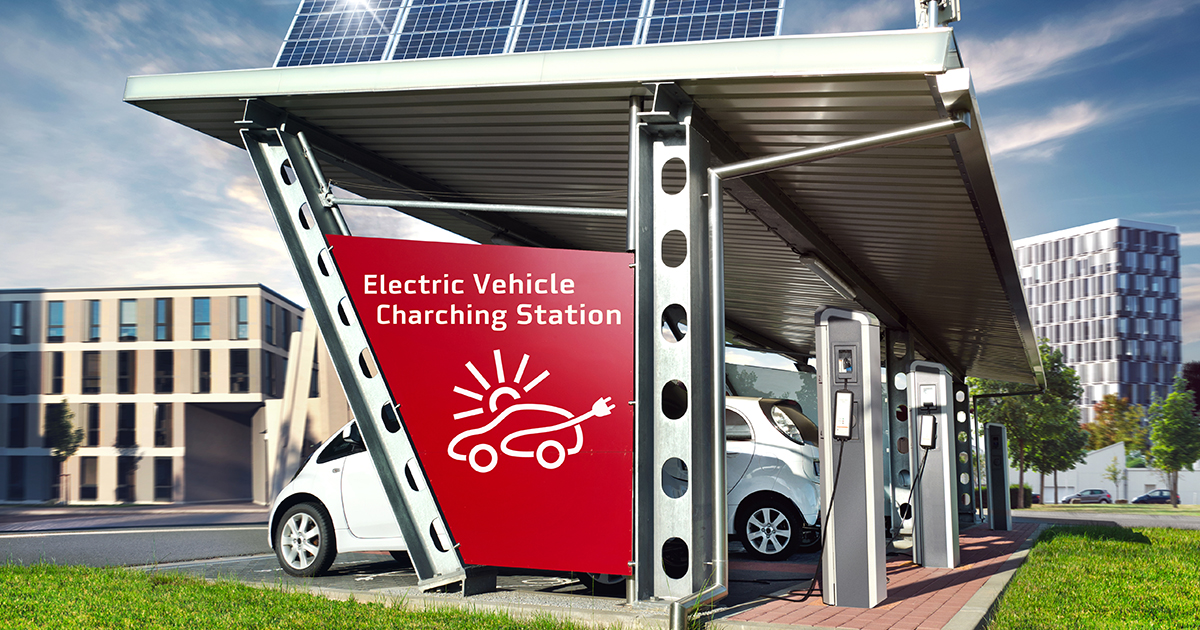
The archipel: a smart building focused on the user
Interview given by Aymeric Tissandier, Building Solutions Technical & Innovation Director, for the online platform HEXABIM.
Why make the archipel – the VINCI Group’s future head office – a smart building?
The first reason is that, as the Group’s flagship, the new VINCI head office needed to be smart. This smart building is focused on the user, and its thousands of sensors and the technologies that coordinate them simplify life for the teams who manage the building and deliver a very wide range of services to those who work in it.
Beyond this primary purpose, VINCI also needed to comply with the office building decree, ensure good technical management and control energy consumption. And, of course, there is also the change in user habits and new ways of working, with co-working spaces, telecommuting, project mode and – not necessarily at the VINCI head office but in other structures – the widespread introduction of the flexible office. All these changes call for flexibility and building instrumentation to better coordinate and optimise the use to which it is put – in a nutshell, the smart building.
The goal was also to design the works as a “comprehensive pilot project” and to “observe” the digital integration process in real time. The process is new in the building sector, and we must make maximum use of the ARCHIPEL project to optimise and simplify future building operating systems. This is a goal of the VINCI Group, which supports the development and has given VINCI Energies responsibility for this initial project.
How will the archipel Smart Building differ from other smart buildings in the market?
We wanted a smart building that is easy to operate, flexible, scalable and highly connected with the works BIM and the operation BIM.
In our view, previous examples were not compelling because they were too complex and had too many interfaces.
Such buildings do not age well; a lot of engineering goes into their design and they are impressive at handover, but they remain stuck in their initial version because they lack a BOS (Building Operating System).
What role does the SpinalCore BOS play in the implementation of this project? And what are its expected benefits?
The BOS does several things. It brings together and structures the data produced by the systems:
- equipment: sensors, light fixtures, ventilation and climate control equipment, lifts, etc.
- supervision systems: BAS, fire safety, access control, etc.
- VINCI business systems: CMMS, DMS, Space Management, TWINOPS, etc.
It makes the data available and intelligible to developers and users.
The BOS substantially reduces the interfaces between systems and supports the development of complex services that combine data from different systems while simplifying its use.
The BOS is structured by building: the architecture tree structures the database. It provides links between the building’s interior spaces, the systems, and the data collected.
Lastly, the BOS can be displayed in 3D. It is an object database, integrated in a 3D model in which building data can be displayed in real time. This enables us to connect TWINOPS, our dynamic operation BIM.
The SpinalCore BOS enables us to:
- Improve asset management decisions (sale, rental, investment) by tracking the condition of the building in real time (its occupation, consumption and the condition of its equipment)
- Structure the data and make it available to the developers of applications providing user comfort, maintenance, etc.
- Better operate our buildings by having ready access to the full range of relevant data
Why did you choose the SpinalCore BOS for your archipel project? How does it differ from other suppliers’ BOS?
The basic SPINALCORE database model is the one that makes the best use of the works BIM models. This link between works BIM and operation BIM was important to us and we were confident that it was the most cost effective way to create a BOS database for a project.
In addition, it is a GRAPH database in which an unlimited number of tree structures can be processed: architectural to start with, but also technical (electrical, hydraulic flows, air flows) and functional (maintenance, etc.).
And it is a real-time database: the data can be displayed in real time and historic data can be searched.
SPINALCOM was the only supplier to offer a database model of this type.
Did you like the article ?


